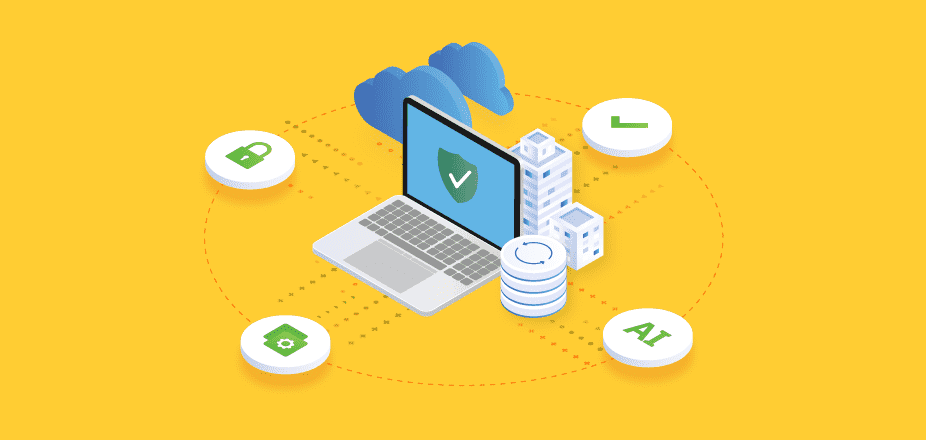Digital transformation is changing IT, and the traditional ways of protecting and managing organizations’ data are no longer adequate.
With the adoption of cloud and containers, organizations are facing new challenges. A more distributed architecture increases complexity and data sprawl. Cyber attackers take advantage of organizations’ increased attack surface and seek out vulnerabilities to exploit and valuable data to steal. Lastly, with more data being created and stored outside the data center, organizations must comply with government regulations they might not have had to consider previously.
To overcome these hurdles, the next generation of data management will evolve into something that’s more secure, intelligent, and open than traditional data management.
New Environments, New Problems
For many organizations, digital transformation will lead to increased complexity as organizations’ IT infrastructure extends across the core data center, multiple public and private clouds and the edge. As data sets grow, organizations will have an increasingly difficult time keeping track of their data, managing the sea of products that make up their data infrastructure environment, deriving value from their data, and optimizing their storage. IDC research has consistently shown that enterprise storage systems continue to grow exponentially, expanding at a five-year CAGR of 30.9%. Without proper data management, organizations are at risk of their environments reaching an unsustainable level of sprawl.
Additionally, more distributed infrastructure exposes more vulnerability points for cyber attackers to exploit. Ransomware in the past was easily overcome with good backup and recovery because it simply sought to lock out data and make it unavailable. However, attacks have become more sophisticated in nature. The threat has evolved to not only try to delete backups, but to steal the data and threaten to release it.
Data exfiltration attacks take place before traditional data management touches the data — by the time backup systems make an immutable copy and store it in an untouchable environment, the criminals already have it. In the past, this would be regarded as a problem for security teams to deal with, but security operations and data operations need to work in tandem to properly defend against this threat.
As data management and protection tools have traditionally been closed systems, this makes it harder for security and IT to work together. This also means other adjacent workloads that can make use of the data such as analytics and AI have trouble accessing it. The closed-off nature of traditional data management leads to inefficiency and complexity that compounds further with distributed, continually expanding infrastructure.
Next-Generation Solutions
The next generation of data management will break free of its traditional trappings to take on the data challenges of a more distributed, cloud-centric world.
Next-generation data management tools will need to have a centralized console to handle multiple use cases for multiple storage environments. A consolidated view of an organization’s entire data estate will help administrators make sense of their sprawling infrastructure. Additionally, being able to execute multiple IT functions such as backup, disaster recovery, migration, compliance and archiving from the same interface reduces complexity.
Traditionally, data protection focuses on pushing important assets from the core into the cloud, but that is poised to flip soon. IDC predicts that by 2025, 55% of organizations will have a cloud-centric approach to data protection, where assets in the cloud are safeguarded elsewhere. The next generation of data management will cater to this growing notion that most organizations’ critical data and applications will be born in the cloud.
The five pillars of the NIST Cyber Security Framework are Identify, Protect, Respond, Recover and Detect, the last of which is an area traditional data protection misses completely. The next generation of data management will address this by integrating security features and implementing measures at earlier stages of a cyberattack – not just after an attack has already occurred.
Current data management tools already use AI to identify what backup copies are safe to recover from. Next-generation data management will extend the use of AI further to perform surface area analyses and threat vulnerability assessments and make recommendations for boosting an organization’s security posture.
To carry this out, next-generation data management tools will need to integrate with technology partners and form a software ecosystem, allowing multiple products to programmatically communicate and share functionality. Data from data management tools will be able to feed machine learning and workflow applications, and organizations will be able to discover and implement these functions via an online marketplace.
Setting a New Bar
IDC believes the new standard of successful data management is centralized, secure and open to integration with adjacent technologies. As organizations undergo digital transformation, data management will transform along with it to address the challenges that come with a more cloud-based, distributed digital estate.


















